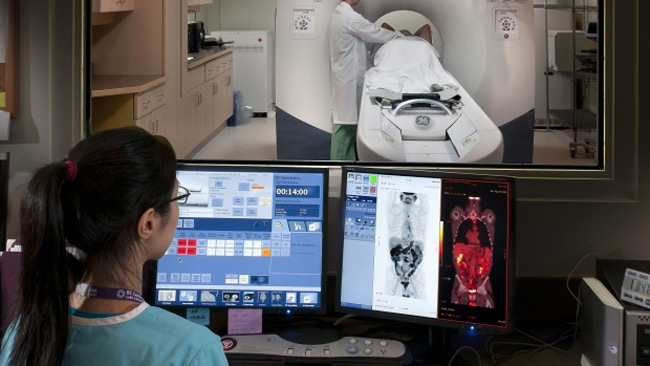
Trained technician screeners with assisted computer-aided nodule detection or computer vision (CV) screening workstations can efficiently and accurately review and triage abnormal low-dose computed topography (LDCT) scans for radiologist review.
The National Lung Cancer Screening Trial (NLST) reported that three annual low-dose computed topography (LDCT) scans, in contrast to standard lung X-rays, can decrease lung cancer mortality by 20% and overall mortality by 7% in high risk individuals. However, the poor specificity of LDCT leads to a high rate of false positive abnormalities and additional scans are often required after baseline screening. Consequently, implementing LDCT screening is often cost-prohibitive. Training a technician to review scans with the assistance of CV software has the potential to improve both the efficiency and accuracy of LDCT scan interpretation.
Investigators selected 828 baseline LDCT scans from the previously reported Pan-Canadian Early Detection of Lung Cancer Study. Of the 828 baseline scans, 136 scans had proven malignant lung nodules, 536 had proven benign nodules with a range of nodule sizes, and 136 did not have any nodules or calcified nodules 1 mm or larger. CV screening workstations were used to identify solid and subsolid lung nodules and to highlight nodule features and assess a malignancy risk score. Nonradiology technicians were trained to operate the screening workstations and to review the scans for abnormalities to categorize the scans as abnormal (requiring radiologist review) or normal (not requiring review).
The study done by International Association for the Study of Lung Cancer.